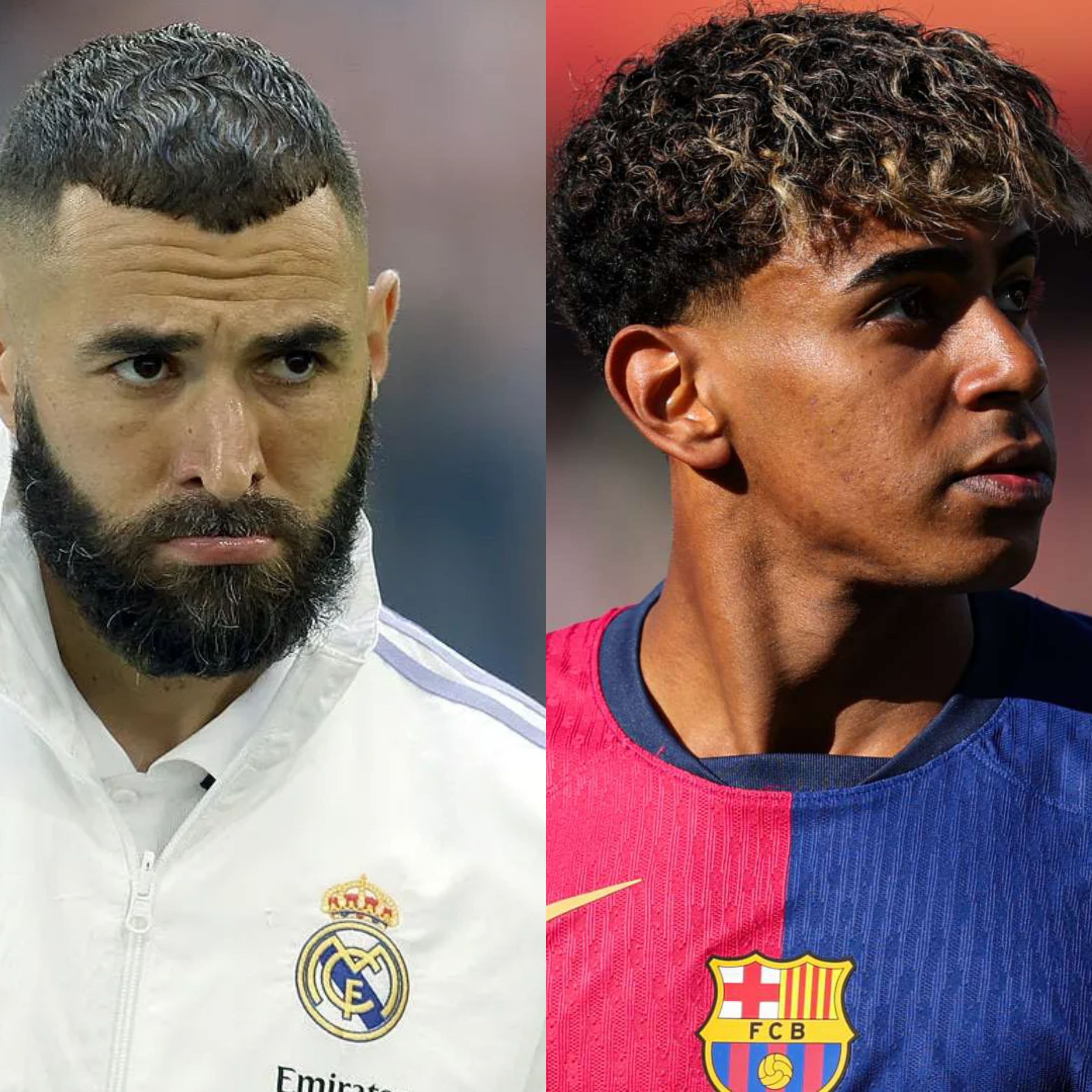
Global Insight: Football and the Art of Beating the Opponent — The True Essence of an Invasion Sport
Football is often called an “invasion sport” — a game where every possession, every pass, every run is designed to beat the opponent.
When a player has the ball, his natural instinct is to invade the opponent’s space — to eliminate defenders, create advantages, and open paths toward goal.
That is the purest form of football.
Yet, in the modern era, the narrative has shifted.
We no longer celebrate the act of beating the opponent — we only celebrate the act of scoring.
And in doing so, football’s collective beauty has started to fade.
The Obsession with Scoring
The football ecosystem has become obsessed with goals and assists — the finishing actions.
Players are now judged not by how well they contribute to a goal, but by whether their name appears on the scoresheet.
This narrative is misleading.
It creates generations of players obsessed with being the one who finishes, instead of being the one who helps the team beat the opponent.
In reality, football is at its best when each player focuses on his own strength to move the team forward, not when everyone tries to be the final hero.
If football storytelling were centered around contribution, not completion, the game would evolve toward more creativity, teamwork, and intelligent play — exactly what every coach dreams of.
When Storytelling Destroys the Game
Originally, scoring was a striker’s duty, not an obsession shared by all.
The player best positioned should be the one to score — and that’s it.
But as media narratives and public expectations fixated on goals and assists, the collective spirit began to erode.
Today, players feel pressure to shoot even when a teammate is better placed, fearing they’ll be labeled “not decisive enough.”
The consequence is visible everywhere — players forced into selfish decisions, and collective play sacrificed for individual recognition.
The Lamine Yamal Example
Take the case of Lamine Yamal.
In the 2024/25 La Liga season, he scored 9 goals, while his team netted 102 — the best attack among Europe’s top five leagues, and 24 goals more than their closest rival in La Liga.
Yet, pundits and fans still claim he “isn’t decisive enough.”
How could that be, when his team scores more than anyone else?
Should he really shoot more, or would that harm the system that already works perfectly?
According to gC (Goal Contribution) analysis, Yamal has been involved in 41 goal actions, meaning he contributed directly to over 40% of his team’s goals, with a 41.56% contribution rate per sequence.
His dribbling, progression, and ability to eliminate opponents are what make his team unstoppable — even when he’s not the finisher.
The issue is not with Yamal’s performance — it’s with how we measure “decisiveness.”
Benzema’s Philosophy — Contribute First

Few players have expressed this truth better than Karim Benzema.
As a true number 9 and a Real Madrid legend, Benzema always emphasized the importance of contributing before scoring.
In one of his most famous interviews, he summed it up perfectly:
“C’est le beau football, mais en le respectant.
Si un mec est mieux placé que toi, il faut lui donner.
Si le gars fait l’appel, faut lui passer.
Si le gars est en bonne position pour marquer, faut lui donner pour qu’il marque.”
His words embody what gC tries to quantify: the value of every action that helps beat the opponent, whether or not it ends with a goal or an assist.
Measuring the Unseen — The Role of gC
The Goal Contribution (gC) framework restores fairness in how we perceive impact.
It doesn’t care about who scores — it cares about how the team beats the opponent.
It recognizes the player who unlocks a defense, the one who eliminates the press, or the one who triggers a counter-attack.
By quantifying the true contribution chain, gC celebrates what has always defined the sport — the art of invasion. It allows us to see the game for what it really is: a collective effort to break down the opponent, one intelligent action at a time.
Toward a New Football Storytelling
If the language of football evolves to highlight contribution rather than completion,
- Players will play more freely,
- Coaches will see their ideas executed more faithfully,
- Fans will understand the real beauty behind every goal.
The story of football has always been about beating the opponent, not being the headline.
And that’s what the gC metric brings back to the game — a fair way to honor the invisible architects of victory.

Football isn’t about who scores. It’s about who contributes